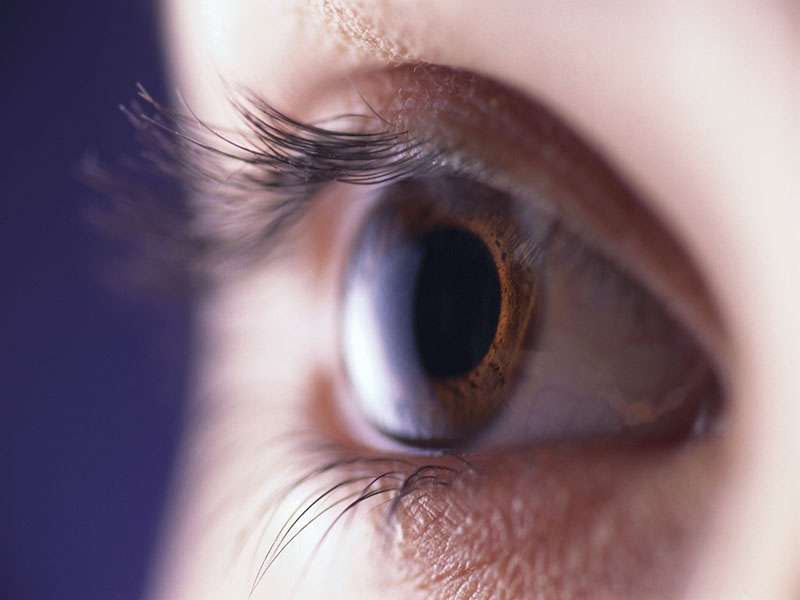(HealthDay)—Peripapillary retinal optical coherence tomography (OCT) measures are associated with intracranial pressure in children, according to a study published online Feb. 23 in JAMA Ophthalmology.
Jordan W. Swanson, M.D., from The Children's Hospital of Philadelphia, and colleagues conducted a cross-sectional study involving three groups of patients undergoing procedures. Forty of the patients had craniosynostosis, a positive control cohort included five patients with hydrocephalus and suspected intracranial hypertension, and 34 patients comprised a negative control cohort of otherwise healthy patients undergoing a minor procedure. All cohorts underwent spectral-domain OCT (SD-OCT).
The researchers observed significant correlations between intracranial pressure and maximal retinal nerve fiber layer thickness, maximal retinal thickness, and maximal anterior retinal projection. OCT parameters yielded 89 percent sensitivity and 62 percent specificity for detecting elevated intracranial pressure, using cut points derived from the negative control patients. High inter-eye agreement and high intra-grader and inter-grader agreement were seen for SD-OCT measures. Sensitivity for detecting intracranial hypertension was low for conventional clinical signs (11 to 42 percent).
"Optical coherence tomographic parameters showed promise as surrogate, noninvasive measures of intracranial pressure, outperforming other conventional clinical measures," the authors write. "Spectral-domain OCT of the peripapillary region has the potential to advance current treatment paradigms for elevated intracranial pressure in children."
More information:
Abstract/Full Text
Editorial (subscription or payment may be required)
Journal information: JAMA Ophthalmology
Copyright © 2017 HealthDay. All rights reserved.























